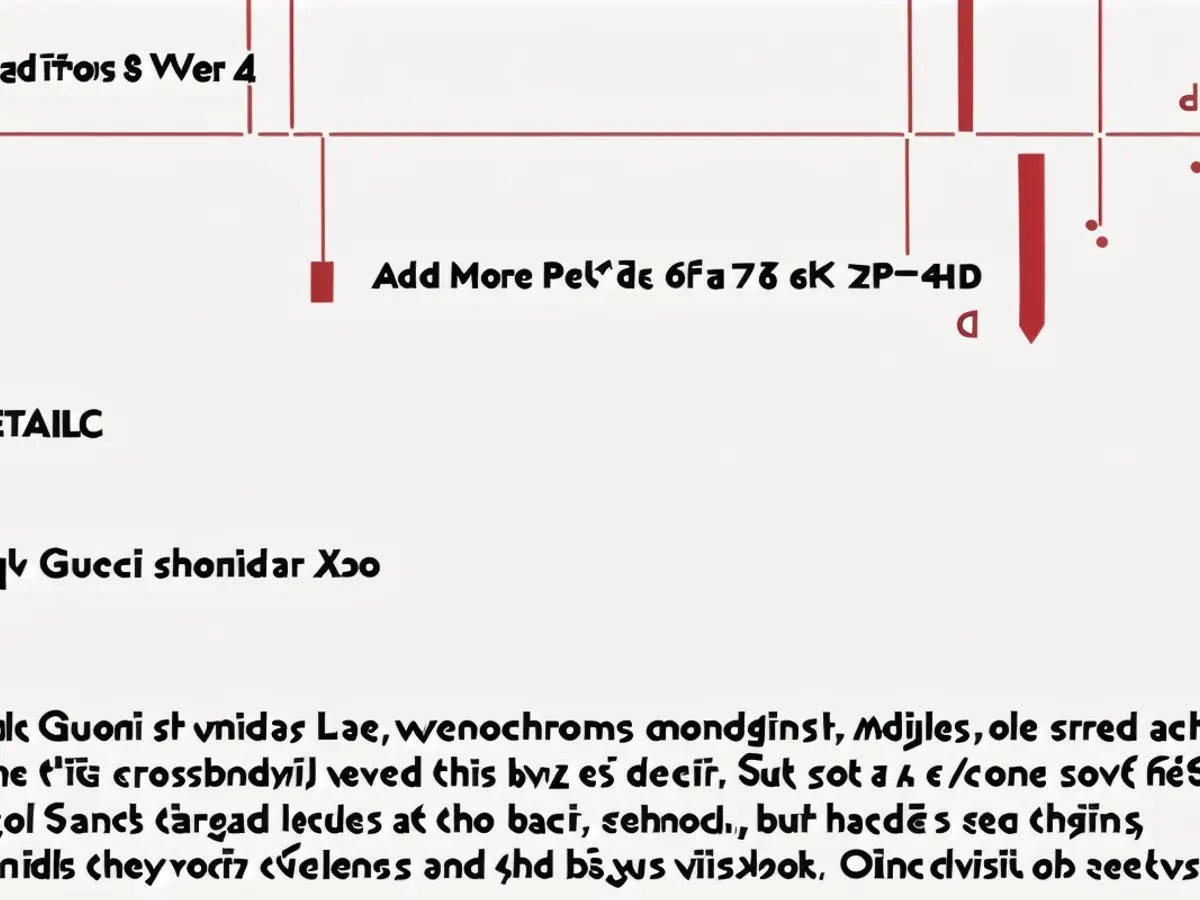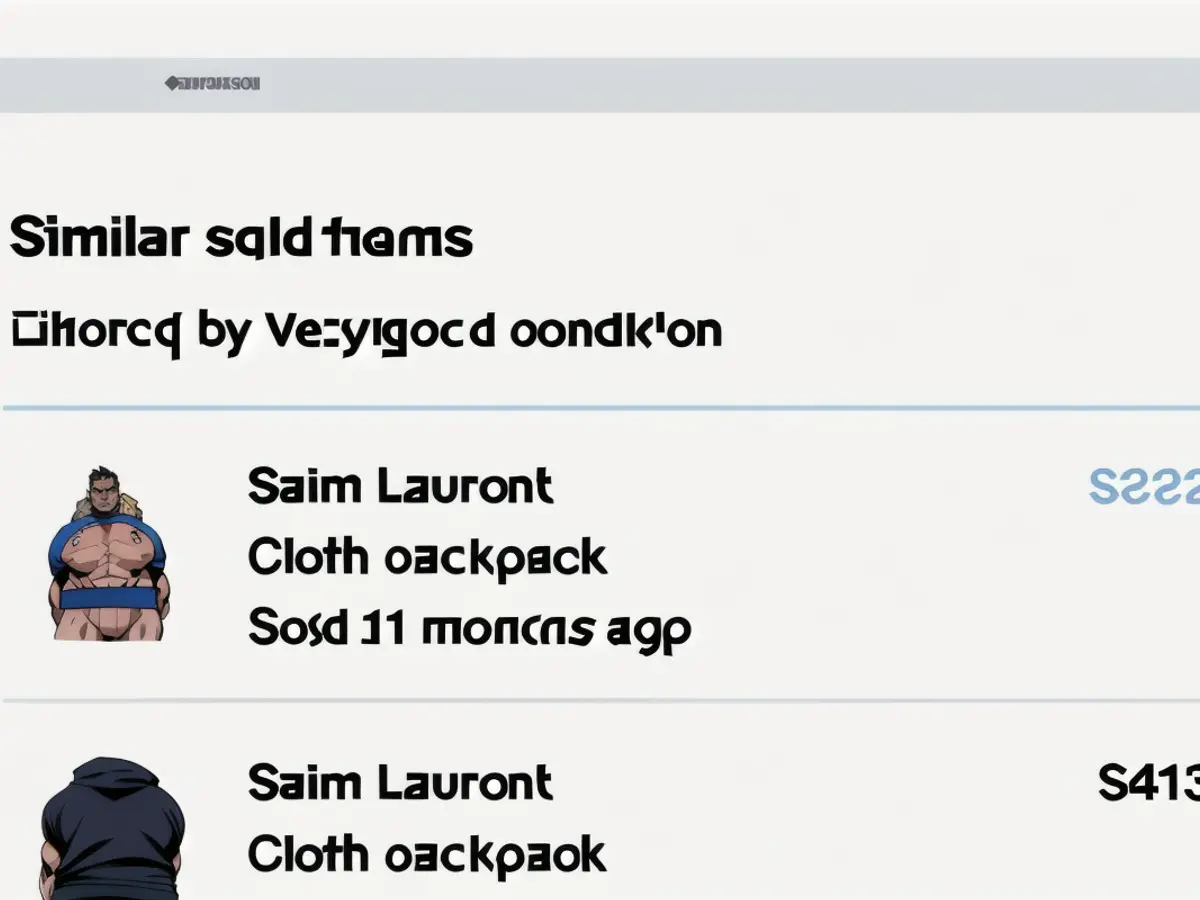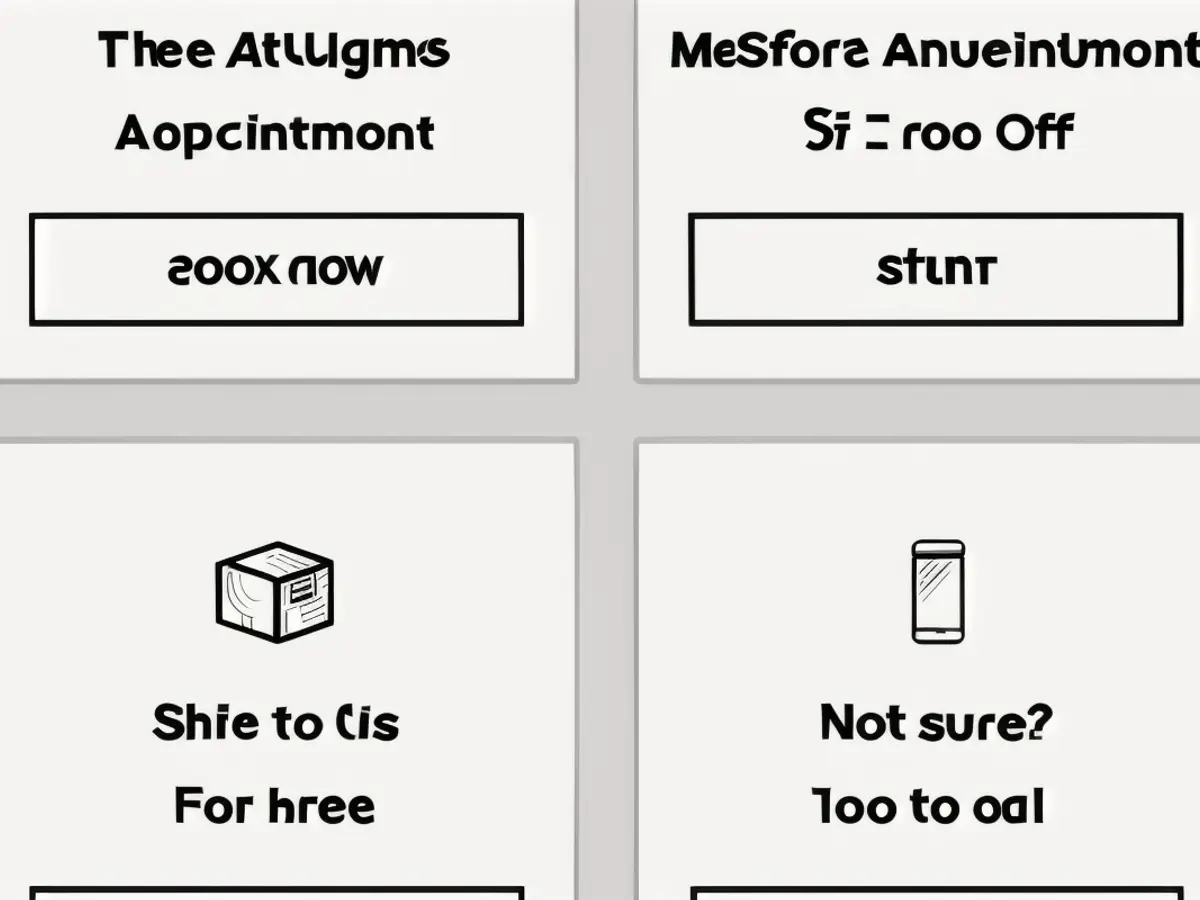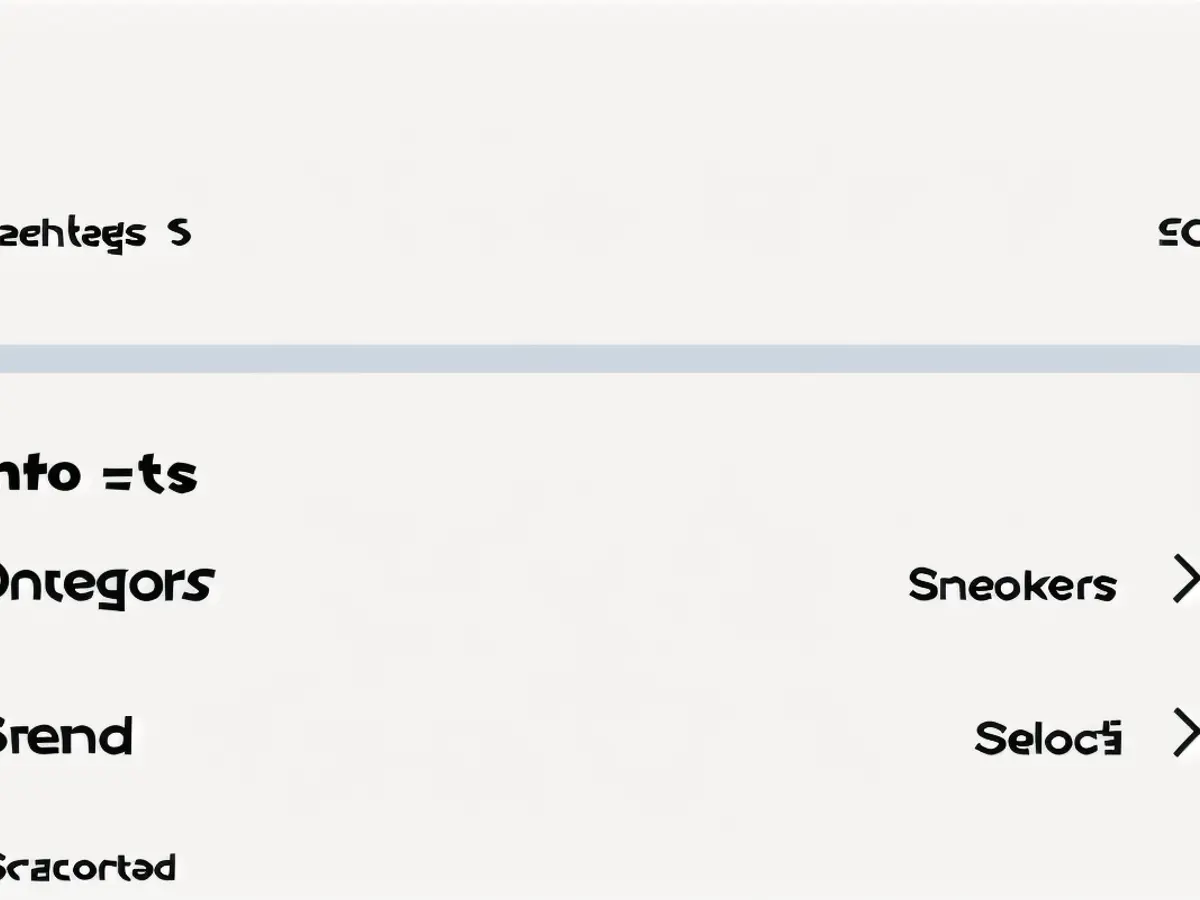Top 4 Apps for Marketing Secondhand Clothing and Home Items
This morning, I eagerly checked my phone and found a delightful update: Someone had purchased a pair of my shoes on Poshmark. Ever since I embarked on the journey of decluttering my space a year ago, I've been intrigued by the idea of selling my shoes and bags on this app. While most decluttering methods advise sorting items into three categories - keep, throw, and donate - I decided to add a fourth category: sell. It's been a fantastic way to earn some extra cash while finding new homes for my belongings. My tips for successfully leveraging similar platforms:
Some insights on online selling
A recent trip to a vintage store found me chatting with the proprietor, who assumed I was an experienced reseller due to my enthusiasm for showcasing my items. While there are individuals who make a living reselling, that's not necessarily the route you need to take. Here are some tips that cater to casual sellers like me:
- Don't market something you're not ready to part with. Sounds simple enough, but I've made this mistake; listing an item you still enjoy or need can be emotionally draining if it sells sooner than anticipated.
- Conversely, if you're eager to remove an item from your residence, consider consignment shops or donations. Selling apps can take a while, so if the item's value outweighs the inconvenience of waiting for it to be sold, it might be better to explore other options.
- Personalize your listings by using the items while they're for sale. However, take care to avoid any issues: if an item experiences damage, updating the listing is necessary, as misrepresenting its condition fails to meet ethical standards and could lead to negative reviews.
- Photograph your items thoroughly. Simple, clear images of each area are ideal. Capture them from various angles, showing flaws up-close and providing additional details like date stamps or serial numbers on luxury or designer pieces.
- Be receptive to offers and engage with customers. Often, you won't receive your desired price, but being open to negotiations increases your likelihood of a successful sale.
- Explore other listings of similar items to determine their selling price. Offering a competitive price will help attract potential buyers.
Top websites for selling clothes

Credit: Lindsey Ellefson
Though I've recently become more proactive in selling my possessions, I've been experimenting with this concept for a few years. Out of the many platforms I've tried, I recommend Poshmark, Vestiaire Collective, TheRealReal, and Depop. Below is a quick breakdown of what distinguishes these four apps for buyers and sellers.
Poshmark
Known for its user-friendly interface, Poshmark allows users to buy and sell clothing, shoes, and accessories. Its popularity and ease of use make it a top choice in this category.
When reselling via Poshmark, you'll keep 80% of your sale provided it exceeds $15. Anything below this amount incurs a fee of $2.95. On this platform, potential buyers can propose lower prices than what you've listed, and you can choose to either accept or reject their offer. Denying their offer gives you the opportunity to counter-offer, potentially leading to negotiations. Poshmark constantly updates you on the revenue you'll earn at a specific selling price. It also allows shoppers to like items and lets you send private discounts to likers at once. Dropping the price of an item is effortless, and you can showcase listings to relevant events. For instance, Poshmark organizes luxury bag events, and I share my bag listings during these occasions. However, Poshmark demands you to actively engage and respond promptly to comments from potential buyers.

Credit: Lindsey Ellefson
Known as a versatile app for reselling multiple items, Poshmark is a suitable choice for all types of goods, including Louis Vuitton bags, Nike t-shirts, and even Diptyque candles.
Credit: Lindsey Ellefson (Best for: Selling any item, from luxury designer goods to basic items)
For more upscale merchandise, such as luxury goods, but also including brands like Lululemon, Vestiaire Collective should be your go-to platform. It excels in its authentication process; items you sell are typically sent to the company to be authenticated before being shipped to the buyer. This added security is particularly beneficial for high-ticket items. You'll pay just 5% commission for each sale, combined with a 3% payment processing fee. No charges apply to your first listing, while discounts make their way into special offers regularly. As with Poshmark, buyers can propose lower prices, but you have two days to review and make a decision.
Credit: Lindsey Ellefson (Best for: High-end items you want to maximize your profits on)

Credit: Lindsey Ellefson
A similar site to Poshmark but catering exclusively to designer, luxury materials is TheRealReal. It operates more like a consignment store, with profitability dependent on your sales loyalty level. If you sell items worth more than $195, you'll receive 55% commission.Should you achieve $1,500 in annual sales, your tier changes, increasing your commission. Alternatively, you can give your products directly to TheRealReal in exchange for site credit and let them sell accordingly. Take note that the consignment store business model can be confusing at times, so this option suits those with valuable, expensive things to sell that can still command a significant profit, even with fees.
Credit: Lindsey Ellefson (Best for: Fancier goods you want to clear out of your home)
Depop offers the benefit of a home for anything, ranging from mall finds to more luxurious items. You won't have to pay any initial fees, but you'll be charged a 10% commission on all items sold. This format is straightforward, and Depop aids in quickly filling out listings through auto-generated suggestions from your photos and text input, streamlining the process. Offers can be pitched by potential buyers, and counter-offering is an option.
Credit: Lindsey Ellefson (Best for: Disposing of any goods you have)

Credit: Lindsey Ellefson
Read also:
The best apps for selling clothes also leverage tech, such as Poshmark and Depop, which provide user-friendly interfaces and features like image capturing, negotiations, and automation to help sellers effectively market their items. These platforms have transformed the secondhand clothing market, making it more accessible and profitable for casual sellers like myself.
The use of technology in online selling apps has significantly enhanced the user experience, allowing more individuals to participate in the growing market of selling used clothes. With features like auto-generated listing suggestions and detailed photo descriptions, sellers can easily and effectively showcase their items. Additionally, the integration of chat functions allows for better communication between buyers and sellers, making negotiation and price agreements more straightforward. Overall, the integration of tech in these apps has significantly elevated the process of selling clothes online, making it easier and more efficient.








